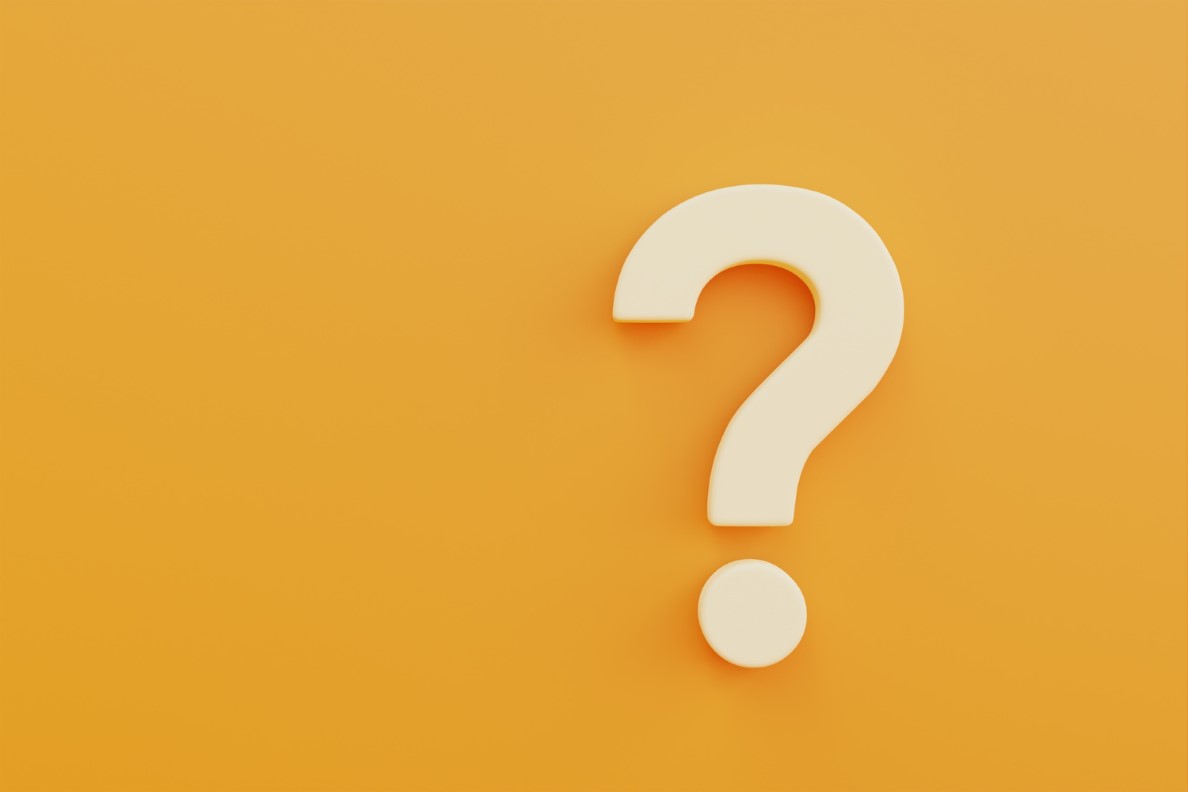
Did + subject + base form of the verb.
Creating questions in the past is an essential skill in English as it allows you to inquire about past events or actions.
Here's an explanation of how to form questions in the past:
Simple Past Tense:
To form a question in the simple past tense, use the auxiliary verb "did" followed by the subject and the base form of the main verb.
Example:
| Question | Statement | |
|---|---|---|
| 🔊 | Did she watch a movie last night? | She watched a movie last night. |
Past Continuous Tense
To form a question in the past continuous tense, use the auxiliary verb "was" for the pronouns (I, she, he, it) or "were" for the pronouns (you, we, they)followed by the subject and the "-ing" form of the main verb.
Example:
| Question | Statement | |
|---|---|---|
| 🔊 | Were they studying for the exam? | They were studying for the exam. |
Present Perfect Tense
In sentences with the Present Perfect, we use the auxiliary verb "have" or "has", depending on the subject, we use has for (she, he, it) and have for (I, you, we, they) followed by the past participle form of the main verb.
Example:
| Question | Statement | |
|---|---|---|
| 🔊 | Have you visited London? | I have visited London. |
When forming questions, pay attention to the subject-verb inversion that occurs with the auxiliary verb. In yes/no questions, the auxiliary verb is placed at the beginning of the sentence. In Wh- questions, the question word is placed at the beginning of the sentence, followed by the auxiliary verb and the subject.
Remember to use appropriate question intonation (rising tone at the end of the sentence) when speaking, as it signals that you are asking a question.
Examples:
| Question | Statement | |
|---|---|---|
| 🔊 | Did you visit your grandparents last weekend? | Forming short answers: |
Use of the Present Perfect:
The use of the Present Perfect is an important aspect of English grammar. It is used to talk about past actions or experiences that have a connection to the present.
Here's an explanation of how to use the Present Perfect:
Completed actions with indefinite time:
The Present Perfect is used to talk about actions or events that happened at an indefinite time in the past and are still relevant in the present.
Example:
| Question | Explanation | |
|---|---|---|
| 🔊 | I have visited Paris. | (The action of visiting Paris happened at some point in the past, |
Past actions with a result in the present:
The Present Perfect is used to talk about past actions that have a result or consequence in the present.
Example:
| Question | Explanation | |
|---|---|---|
| 🔊 | She has lost her keys. | (The action of losing the keys happened in the past, |
Unfinished past actions or states:
The Present Perfect is used to talk about past actions or states that started in the past and continue up to the present moment.
Example:
| Question | Explanation | |
|---|---|---|
| 🔊 | They have lived in London for five years. | (Their living in London started in the past and is still ongoing.) |
The Present Perfect is used to talk about actions that happened in the recent past, without specifying the exact time.
Example:
| Question | Explanation | |
|---|---|---|
| 🔊 | I have just finished my homework. | (The action of finishing the homework happened recently, |
In sentences with the Present Perfect, we use the auxiliary verb "have" or "has" (depending on the subject), followed by the past participle form of the main verb.
It's important to note that the Present Perfect is often used with time expressions such as "ever," "never," "already," "yet," "just," "recently," etc., which further indicate the connection to the present.
Activity
2. Write "true" or "false" in the text fields as appropriate in each of the sentences.
a) (To form a question in the simple past, the subject and the auxiliary verb "did" are inverted.)
c) In simple past questions, the main verb is used in its base form (infinitive without "to")
d) To form a question in the past continuous, the subject and the auxiliary verb "was" or "were" are inverted.
e) The main verb in a past continuous question is used in its base form (infinitive without "to").
f) In past perfect questions, the auxiliary verb "did" is used followed by the main verb in its base form (infinitive without "to").
g) The auxiliary verb "had" is used to form questions in the past perfect.
h) In past perfect continuous questions, the auxiliary verb "had" is used followed by the main verb in its base form (infinitive without "to").